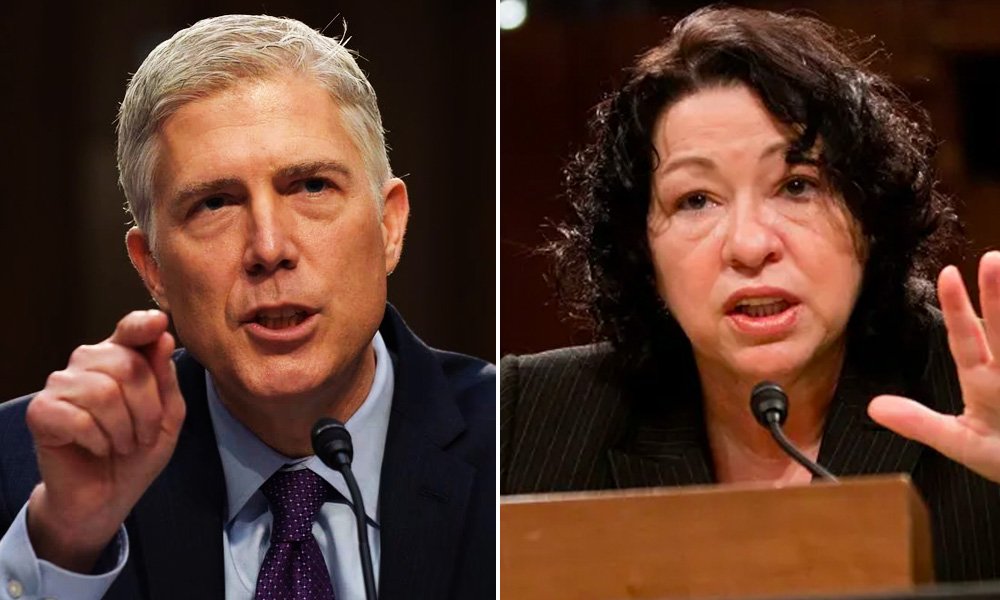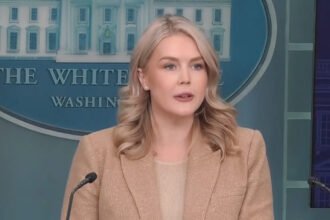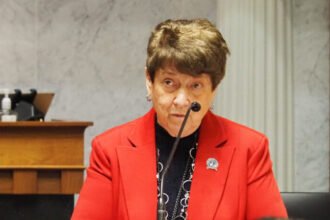In a dramatic courtroom showdown, Supreme Court Justice Neil Gorsuch delivered a scathing response to Justice Sonia Sotomayor’s dissenting opinion in the high-stakes case of 303 Creative vs Elenis, which revolved around religious freedom and LGBTQ discrimination. The clash took center stage during the court’s latest term and sent shockwaves through the legal community.
Justice Gorsuch, the author of the majority opinion, fiercely defended his stance that the First Amendment protected the rights of a website designer to refuse creating designs that clashed with their beliefs, including those supporting same-sex marriage. Gorsuch’s argument ignited heated debates over the boundaries of free speech and equality.
In a passionate dissent, Justice Sotomayor, flanked by Justices Elena Kagan and Ketanji Brown Jackson, vehemently opposed Gorsuch’s decision, denouncing it as “profoundly wrong” and warning that it would have a symbolic impact of relegating LGBTQ individuals to second-class status.
However, Gorsuch wasted no time in striking back, asserting that it seemed as if they were discussing entirely different cases. He accused Sotomayor of completely reimagining the facts surrounding the case, leading to a clear divergence in their interpretations.
“It is difficult to read the dissent and conclude we are looking at the same case,” he begins before arguing that “it reimagines the facts of this case from top to bottom.”
“The dissent claims that Colorado wishes to regulate Ms. Smith’s ‘conduct, not her speech. Forget Colorado’s stipulation that Ms. Smith’s activities are ‘expressive,’ and the Tenth Circuit’s conclusion that the State seeks to compel ‘pure speech,’” Gorsuch asserted before observing that her claim that the decision “grants a business” a “right to refuse to serve members of a protected class.”
“We do no such thing and Colorado itself has stipulated Ms. Smith will (as CADA requires) ‘work with all people regardless of . . . sexual orientation,’” explained Gorsuch. “It is the dissent that would have this Court do something truly novel by allowing a government to coerce an individual to speak contrary to her beliefs on a significant issue of personal conviction, all in order to eliminate ideas that differ from its own.”
The courtroom tension further intensified when Gorsuch challenged Sotomayor’s understanding of public accommodation laws. He argued that her position was at odds with established legal principles and rejected the notion of the government burdening First Amendment liberties in the name of eliminating differing viewpoints.
The clash between Gorsuch and Sotomayor on matters of free speech, religious freedom, and LGBTQ rights has left legal experts and commentators divided. As the nation awaits the lasting implications of this landmark case, the Supreme Court’s ideological divide remains as evident as ever.



















